Writing this last blog was incredibly difficult. I am still struggling to come to terms with how much the Moxie Program (quite frankly) changed my life. The Summer of 2015 was definitely the best one so far. My intense, 8-week long packed schedule of enriching activities, the discussions about gender and identity, and just the experience of living in the city, completely contrasts with my now (well boring) routine at home before school begins.

This may sound cliché, but words really can’t describe how incredible my summer was. I can’t believe that I was able to have the opportunity to work with and talk to extremely distinguished individuals, have a great internship experience, and also be surrounded by such a positive, inspiring, and fun group of girls. My parents laugh at the fact that I start every other sentence with either “Well, in New York…” or “Actually, we are socialized to believe that…”. I must admit, I probably do sound pretty annoying.
I say that the Moxie Program changed my life because I think about everything in a new light and that I did not just develop one “feminist lens,” but many different ways of thinking about how society works and the structures that govern our everyday interactions. I love that the Moxie program sharpened (but still a work in progress) my ability to think critically about social structures, but at the same time, it can be frustrating and overwhelming to constantly be thinking about colossal issues that are inconceivable to solve. For example, it’s impossible for me to go without thinking for less than five minutes about capitalism, patriarchy or privilege. I have also been struggling with how to express what I learned during Moxie to the members of my family and to my friends. How does one explain that we express gender as a result of the patriarchy? I was even more surprised by how difficult it is to get people to understand that street harassment is a form of power and control over women’s bodies and yet another example of how men choose to invade space. To me, the problems with systemic issues such as, street harassment, identity categories, and homelessness are almost common sense. For those who I have spoken to, however, it is, well exasperating, trying to sway their steadfast beliefs.

I feel very satisfied that the Moxie program enabled me to articulate my own “lens(es)” for viewing the oppression in the world, however, my next goal will be to help others develop a lens as well. Although my fellow Moxie girls and those who have taken a women’s studies class or two know what I am talking about, it is shocking to know that the vast majority of the population is ill informed on issues regarding social justice. What is most exciting and (perhaps scary!) to me is that I am not sure to what extent the experiences and knowledge that I gained during Moxie will shape my future decisions and choices. But, I look forward to it.

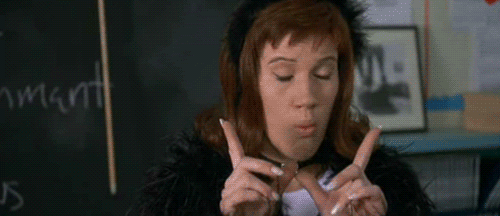


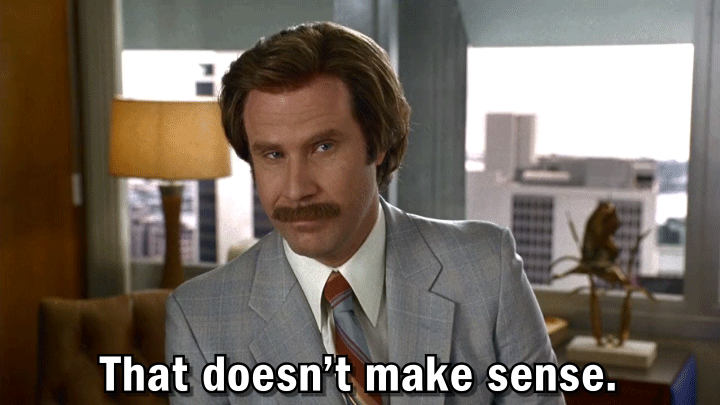





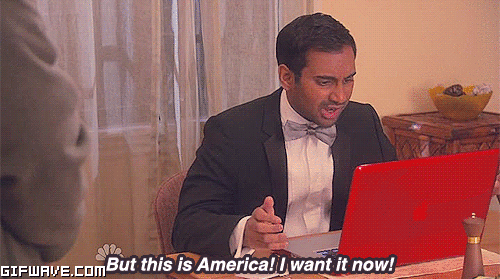


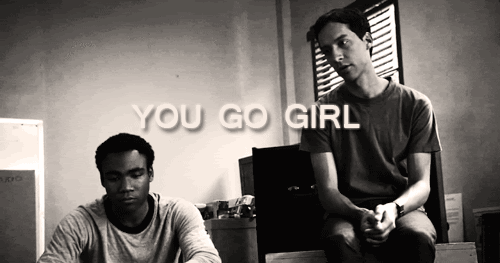

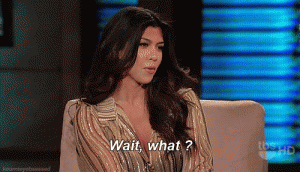



 add a women’s studies minor (and hopefully a major) to my already crowded academic schedule at Duke has been both a blessing and a curse because it has caused me to look at the world through my newly acquired “feminist lens” that I hope to further develop over the summer as a Moxie.
add a women’s studies minor (and hopefully a major) to my already crowded academic schedule at Duke has been both a blessing and a curse because it has caused me to look at the world through my newly acquired “feminist lens” that I hope to further develop over the summer as a Moxie.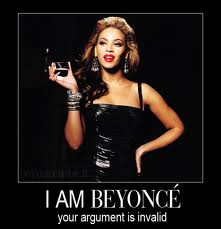 ving her to a play-date, the first song to come on the radio is Beyonce’s
ving her to a play-date, the first song to come on the radio is Beyonce’s 
